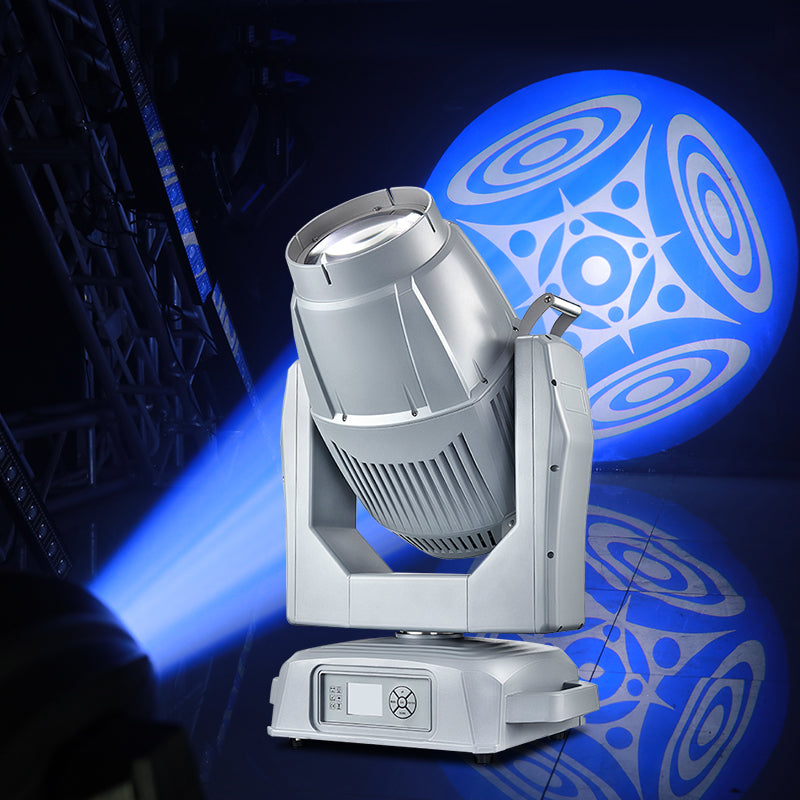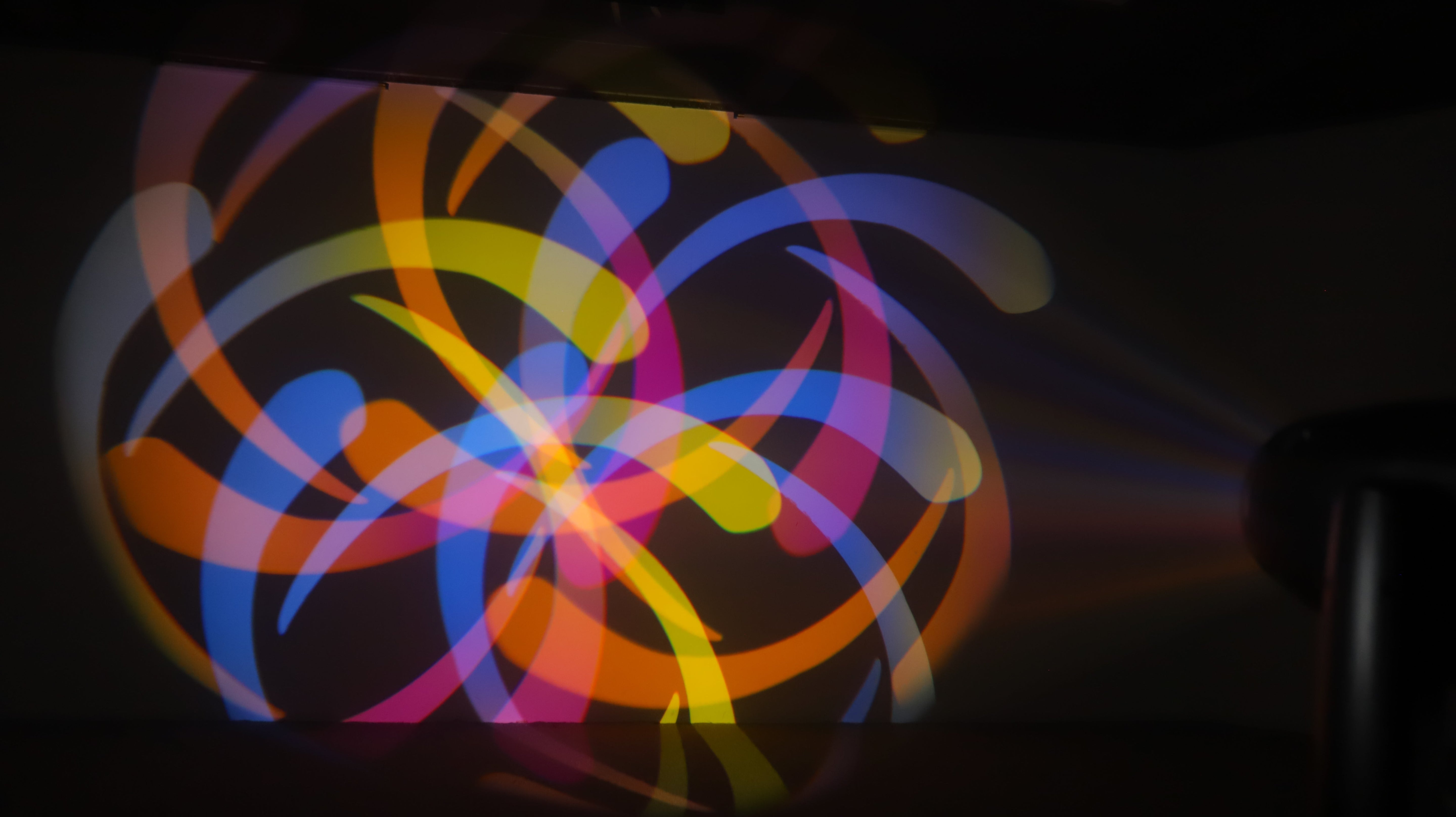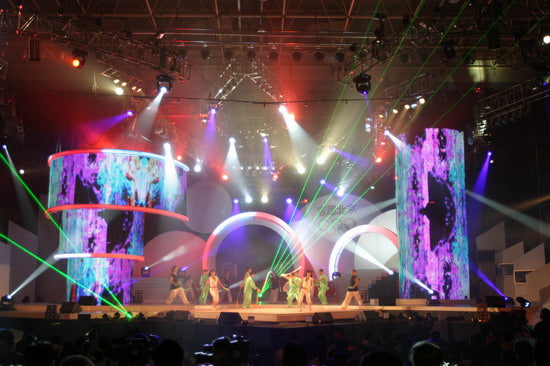The Science Behind Beam Light: A Deep Dive into Optics and Design
Beam light, a term often used in the context of lighting design and optics, refers to the focused and directed emission of light. This concept is not only crucial in the field of illumination but also has significant applications in various scientific and industrial processes. In this professional exploration, we will delve into the science behind beam light, examining the principles of optics that govern its behavior and the design considerations that make it such a versatile tool.
Understanding Light and Beams
At its most fundamental, light is a form of electromagnetic radiation that can be described by its wavelength and frequency. The human eye can perceive a small portion of this spectrum, which we call visible light. Beam light, in particular, is characterized by its coherence and directionality. It is the result of light waves being aligned and focused in a specific direction, which can be achieved through various optical systems.
Optical Principles
The behavior of beam light is governed by the principles of optics, which include reflection, refraction, diffraction, and interference. These principles are essential in understanding how light can be manipulated to create a beam.
- Reflection: The bouncing back of light from a surface. Mirrors and reflective surfaces are used to direct light in specific paths.
- Refraction: The bending of light as it passes through a medium with a different refractive index, such as from air into glass. Lenses use refraction to focus or disperse light.
- Diffraction: The bending of light waves around the edges of an obstacle or aperture, which can be used to shape and control beam light.
- Interference: The interaction of light waves, which can result in constructive or destructive interference, affecting the intensity and pattern of the beam.
Designing Beam Light Systems
The design of beam light systems involves the careful application of these optical principles to achieve the desired characteristics of the beam, such as its intensity, direction, and spread. Here are some key components and considerations in beam light design:
Lenses and Mirrors
Lenses and mirrors are the primary tools used to shape and direct beam light. They can be used individually or in combination to achieve complex beam profiles.
Optical Coatings
Optical coatings can enhance the performance of lenses and mirrors by increasing their reflectivity or transmission, reducing glare, or filtering specific wavelengths of light.
Fresnel Lenses
Fresnel lenses, which are thin and lightweight, are often used in beam light systems to focus light into a narrow beam without the bulk of traditional lenses.
LEDs and Lasers
The light source is a critical component of any beam light system. LEDs and lasers are popular choices due to their efficiency, longevity, and ability to produce high-intensity beams.
Applications of Beam Light
Beam light technology has a wide range of applications, from everyday uses to specialized industrial processes. Some of these applications include:
- Illumination: In lighting design, beam light is used to create focused lighting effects, such as spotlights in theaters or architectural lighting.
- Communication: Lasers, a type of beam light, are used in fiber-optic communication systems to transmit data over long distances.
- Measurement: In surveying and construction, beam light is used for leveling and alignment, ensuring precise measurements and structural integrity.
- Medical: In medical procedures, lasers are used for cutting and coagulation, taking advantage of the precision and control of beam light.
- Entertainment: In concerts and events, beam light is used to create visual effects and enhance the overall experience.




Zostaw komentarz
Ta strona jest chroniona przez hCaptcha i obowiązują na niej Polityka prywatności i Warunki korzystania z usługi serwisu hCaptcha.